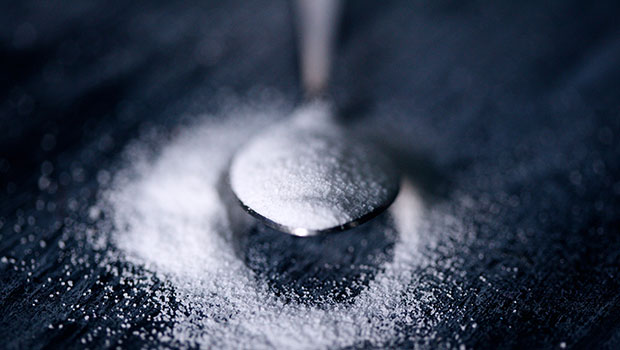The quest to cut sugar out of our diets has resulted in an endless list of mostly so-so sweeteners and sugar alternatives. But try as we might, these low-calorie sweeteners and supposedly guilt-free sugar substitutes are always falling short of the real thing – from the strange aftertastes to not even tasting like sugar at all. That’s why the excitement over allulose is sweeping the food industry – it’s a natural sugar that offers delicious sweetness with none of the negatives traditional sugar brings to the table.
A rare sugar
Classified as a monosaccharide or simple sugar (like glucose and fructose), allulose is not a new discovery, as it can be found naturally in small amounts in raisins, dried figs and molasses, earning it the title of a “rare” sugar. Recent advances in manufacturing mean it can now be mass-produced like never before and is mostly extracted from fermented corn. With a taste described as very close to sugar and 70% of its sweetness, allulose is so far being used in a wide range of delicious offerings – from ice creams and frozen yoghurts to jellies, sweets and baked confections.
To start with, allulose has only 10% of the calorie count of regular sugars, making it a truly low-calorie option. Allulose also has no effect on your blood sugar; it actually isn’t metabolised by our bodies at all. The American Food and Drug Administration (FDA) has gone so far as to rule allulose exempt from the total or added sugar content required by law to be declared on nutrition labels – making a very attractive option for food manufacturers.
More research is needed, with limited evidence available thus far, but it seems like its most exciting health benefit is its possible role in stabilising blood sugar and even improving insulin sensitivity and glucose tolerance in people with type 2 diabetes. Not only does this rare sugar safely sweeten your tea, but it also has the potential to regulate your glucose metabolism!
Ultimately, the proof is in the pudding
Unlike other sugar alternatives, allulose behaves very similarly to sugar when used in baking, desserts and other recipes. It caramelises and browns beautifully, responding to heat (and cold) almost identically to sugar. It’s used in a similar volume to sugar, so it’s easy to exchange the granulated version in standard recipes.
As for side effects, overindulging can lead to abdominal pain and possibly bloating, but symptoms typically don’t last very long and have no permanent damaging effect on patients. Consumed in moderation, allulose is believed to be quite safe and extremely unlikely to lead to health problems.
As a relatively new product, it still has to make its way into your local supermarket’s baking or health-food aisle. There are a few online retailers importing stock from overseas – for now, these are your best bet for getting your hands on this special sugar.
Article reviewed by Mbali Mapholi, registered dietician

